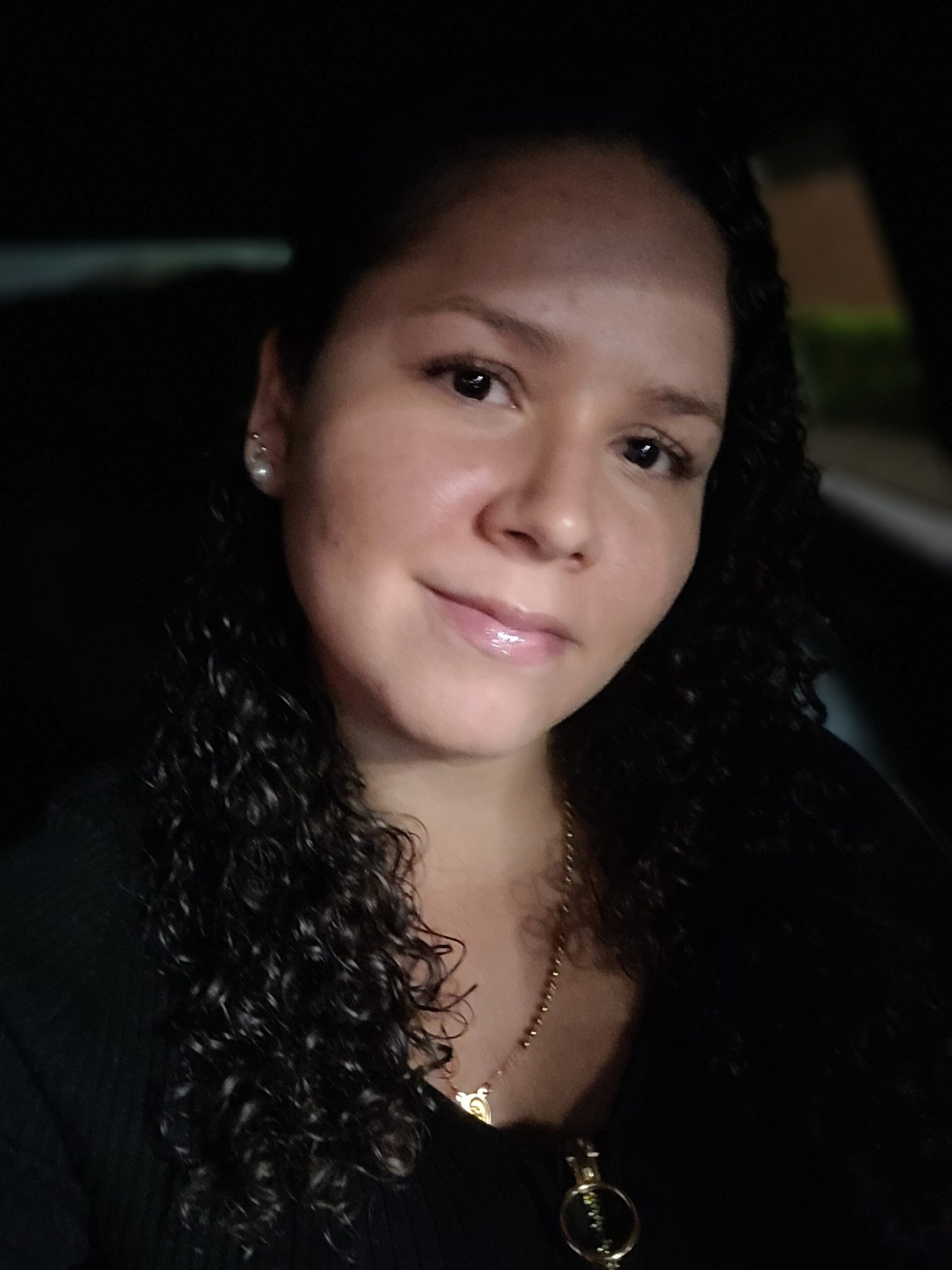Unexpected financial situations can happen at any time—medical emergencies, job loss, or urgent home repairs. Having an emergency fund provides a financial safety net, reducing stress and helping you stay out of debt. In this guide, we’ll explain why you need an emergency fund, how to start one, and strategies to grow it.
What Is an Emergency Fund?
An emergency fund is a savings account reserved for unexpected expenses. Unlike general savings, this money should only be used in true emergencies, such as:
- Medical expenses not covered by insurance
- Job loss or a significant drop in income
- Car repairs that are necessary for daily life
- Home repairs like plumbing or electrical issues
- Unexpected travel due to family emergencies
Having this financial cushion prevents you from relying on credit cards or loans, which can lead to long-term debt.
Reasons to Start an Emergency Fund Today
1. Financial Security in Uncertain Times
Life is unpredictable. Having a backup fund ensures you’re prepared for unexpected challenges without major financial setbacks.
2. Avoiding Debt and High-Interest Loans
Without an emergency fund, many people rely on credit cards or payday loans during crises. These options come with high interest rates that can lead to long-term debt problems.
3. Less Stress and Better Mental Health
Knowing you have a safety net provides peace of mind. Financial stress can affect mental health, sleep, and overall well-being.
4. Preventing Disruptions to Your Financial Goals
An emergency fund prevents unexpected expenses from derailing your financial plans, such as saving for a house or investing for the future.
5. Job Loss Protection
Losing a job can be devastating. A strong emergency fund helps cover living expenses while you search for new employment.
How Much Should You Save?
Experts recommend saving three to six months’ worth of living expenses. The amount depends on your personal situation:
- Single with no dependents? Three months’ worth may be enough.
- Married with children? Aim for at least six months’ worth.
- Self-employed or irregular income? Consider saving nine to twelve months’ worth.
How to Start Your Emergency Fund
1. Set a Savings Goal
Calculate your monthly expenses, including rent, utilities, food, transportation, and insurance. Multiply this amount by three to six months to set your savings target.
2. Open a Separate Savings Account
Keep your emergency fund in a separate, easily accessible account. A high-yield savings account is ideal because it earns interest while keeping funds available when needed.
3. Automate Your Savings
Set up automatic transfers to your emergency fund every payday. Even small, consistent contributions will add up over time.
4. Cut Unnecessary Expenses
Identify areas where you can reduce spending. Redirect money from non-essential purchases (such as dining out or subscriptions) to your emergency fund.
5. Use Windfalls Wisely
Any unexpected money—like tax refunds, bonuses, or gifts—can boost your emergency savings.
6. Avoid Using Your Fund for Non-Emergencies
Only withdraw money for true emergencies. If you use it for non-essential expenses, you risk not having funds when you really need them.
Where to Keep Your Emergency Fund
The best place for an emergency fund should balance accessibility and security. Options include:
- High-yield savings accounts – Earns interest while keeping funds easily accessible.
- Money market accounts – Offers slightly higher interest than traditional savings accounts.
- Certificates of deposit (CDs) – Can work if you have a secondary emergency fund for short-term needs.
Avoid investments like stocks or real estate for emergency savings, as they can lose value or be difficult to liquidate quickly.
Final Thoughts
An emergency fund is one of the most important financial tools you can have. By starting today and consistently saving, you create a financial buffer that protects you from unexpected hardships. The sooner you start, the more secure your financial future will be.

